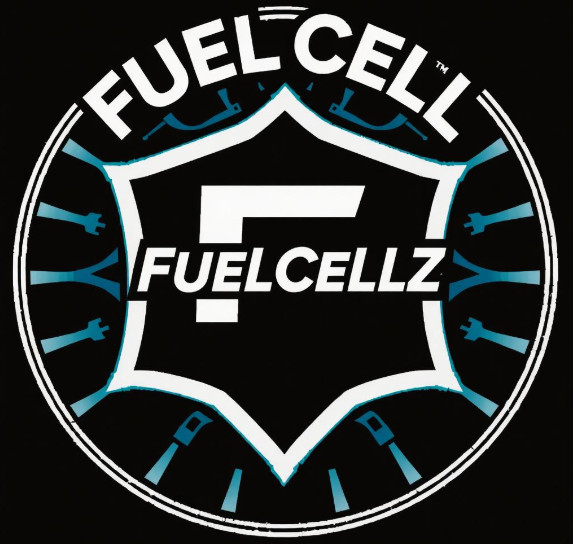Introduction: A New Era for Clean Hydrogen
On January 3, 2025, the U.S. Department of the Treasury and IRS unveiled final rules for the section 45V update on the Clean Hydrogen Production Tax Credit, marking a significant step in advancing the clean hydrogen industry. As part of the Inflation Reduction Act, this update aims to enhance investment certainty, expand clean energy opportunities, and bolster decarbonization efforts across various industries. This article delves deep into the new rules, their implications for stakeholders, and the initial market response.

Key Aspects of the 45V Update
Broader Eligibility Standards
The final rules expand eligibility for hydrogen production tax credits, covering producers utilizing:
- Renewable Electricity: Green hydrogen from solar, wind, and other renewable sources.
- Nuclear Power: Pink hydrogen, with new safeguards to prevent nuclear plant retirements.
- Methane-Based Sources: Blue hydrogen with carbon capture, renewable natural gas, and coal mine methane.
To qualify as clean hydrogen, production must adhere to a strict lifecycle greenhouse gas (GHG) emission threshold of 4 kg CO₂e per kg of hydrogen. Projects are assessed on direct and significant indirect emissions to ensure compliance with environmental goals.
Flexibility for Investors and Producers
The update includes provisions to encourage investment:
- Incrementality: Clean power sources are deemed incremental if operational within 36 months of the hydrogen facility’s commissioning. Nuclear plants at risk of retirement, state policies supporting clean energy, and carbon capture additions contribute to this criterion.
- Deliverability: Clean electricity generation must align with regional grid capacities, ensuring reliability and emissions reductions.
- Time Matching: Annual matching of energy attribute certificates (EACs) is allowed until 2030, transitioning to hourly matching to better align production with clean energy availability.
Revised Compliance Framework
- Methane Leakage Standards: Updated methodologies ensure accurate reporting of upstream emissions from natural gas and methane alternatives.
- Lifecycle Analysis Models: The DOE will soon release an updated 45VH2-GREET model to guide producers in tax credit calculations, incorporating new data on emissions standards.
- Book-and-Claim Systems: A future framework for renewable natural gas and methane will enable transparent credit claims, slated for implementation in 2027.
Worker-Centric Policies
In line with the Biden-Harris Administration’s vision, the rules reinforce prevailing wage and apprenticeship requirements to prioritize good-paying, sustainable jobs within the clean energy economy.
Industry and Stakeholder Reactions
Marty Durbin on the Rules’ Impact
Marty Durbin, president of the U.S. Chamber’s Global Energy Institute, acknowledged progress in addressing stakeholder feedback but stressed the need for further regulatory clarity. He noted, “Hydrogen is critical to achieving decarbonization, but unresolved policy challenges may impede its widespread adoption.”
Optimism for Hydrogen Hubs
John Podesta, Senior Advisor to the President, emphasized the revisions’ potential to accelerate the development of DOE’s Regional Clean Hydrogen Hubs, promoting economic growth and innovation across the country.
Market Performance: Immediate Reactions
The final rules ignited strong reactions in the stock market, particularly among clean hydrogen stakeholders at around 10:30 AM 1/3/2024:
- Bloom Energy (BE): Jumped 5.05% to $24.55, reflecting investor optimism about hydrogen projects aligning with the updated guidelines.
- FuelCell Energy (FCEL): Soared 8.78% to $11.28, as the revisions strengthened confidence in methane-based hydrogen production.
- Plug Power (PLUG): Registered a modest 0.86% increase to $2.35, signaling cautious positivity.
- Ballard Power Systems (BLDP): Declined 1.90% to $1.81, reflecting lingering uncertainties over regulatory compliance.
- Nikola Corporation (NKLA): Fell 0.64% to $1.28, likely due to challenges in aligning its production models with the stricter emissions thresholds.
Implications for Clean Energy and Industry
The updated 45V rules mark a milestone for clean hydrogen, but challenges remain:
- Investment Uncertainty: While the rules provide flexibility, ongoing changes in compliance tools (e.g., lifecycle analysis models) may deter some investors.
- Scalability: Matching hydrogen production to renewable energy generation remains complex, particularly with stricter time-matching requirements post-2030.
- Sector Growth: Clean hydrogen’s potential to decarbonize transportation, heavy industry, and energy storage continues to attract interest from policymakers and investors.
45V Update Looking Ahead: The Road to Hydrogen Leadership
The U.S. aims to become a global leader in clean hydrogen technology, leveraging its updated tax credit framework. However, sustained collaboration between industry stakeholders, policymakers, and regulators is crucial to overcoming remaining barriers.
Explore further details in the Federal Register document or the official Treasury press release.
This comprehensive 45V update underscores hydrogen’s pivotal role in a decarbonized future while navigating the complexities of rapid industry expansion. Stakeholders must stay agile to maximize opportunities in this evolving landscape.
